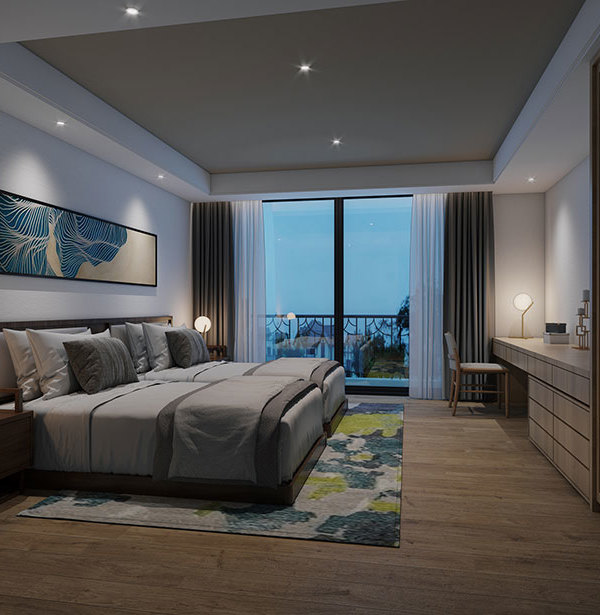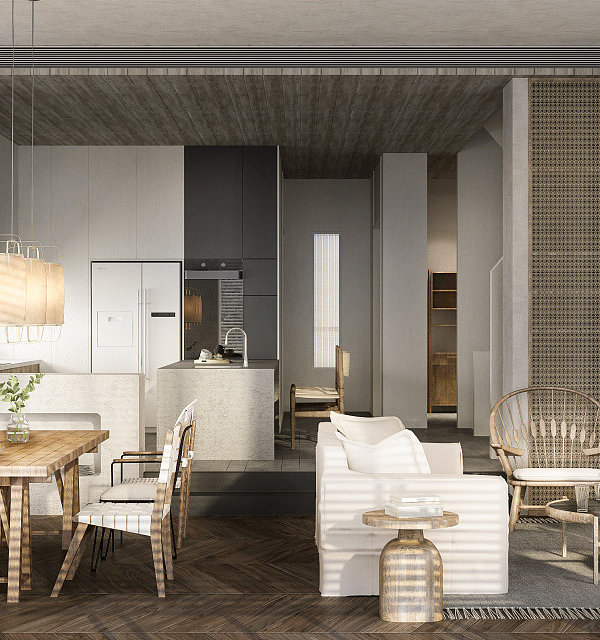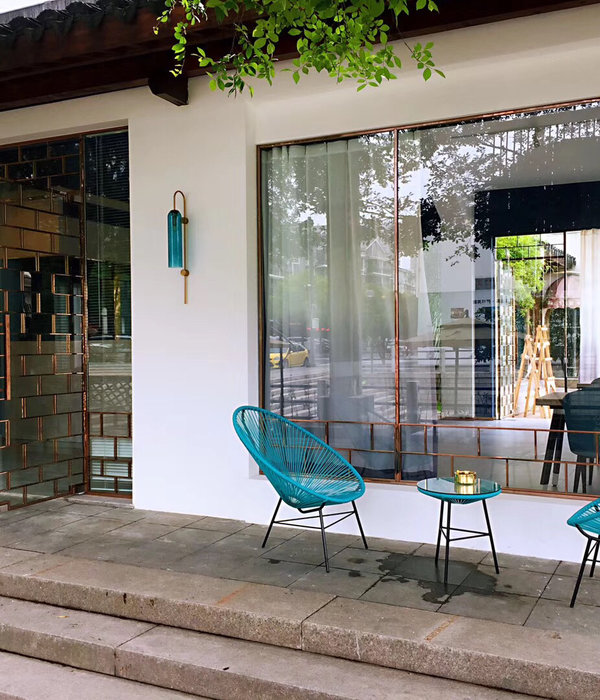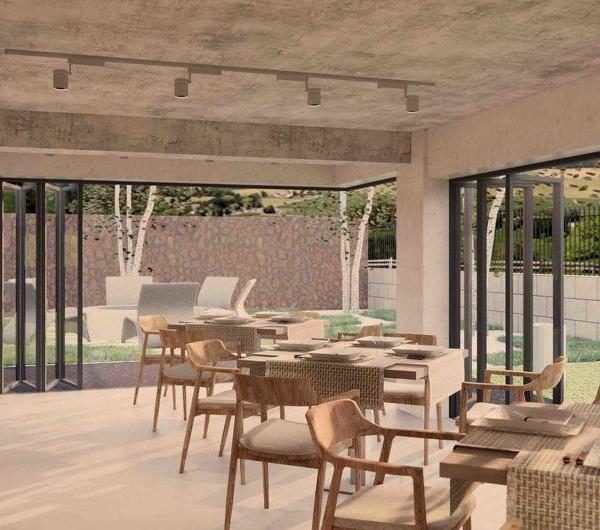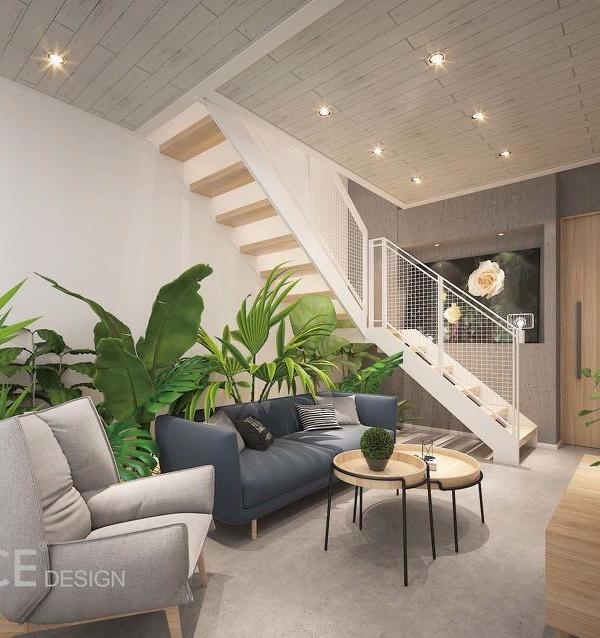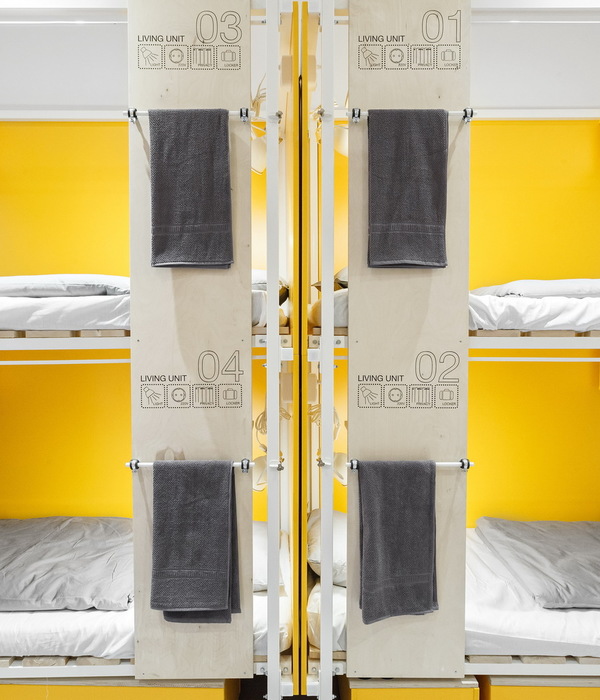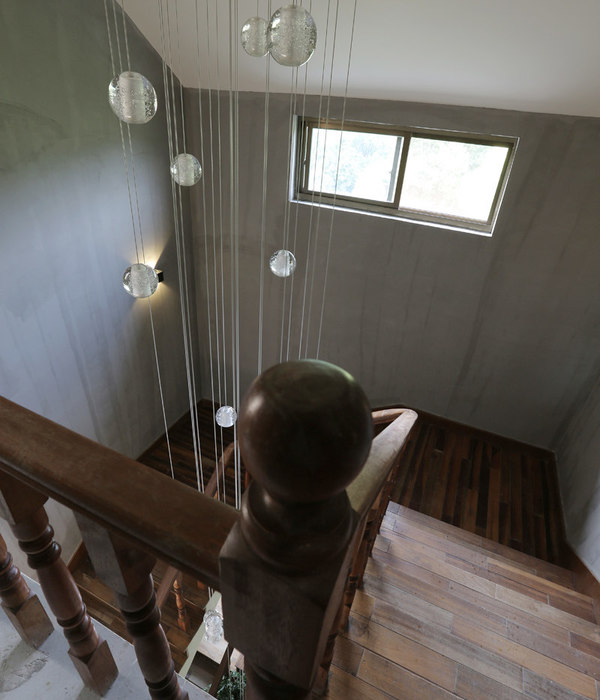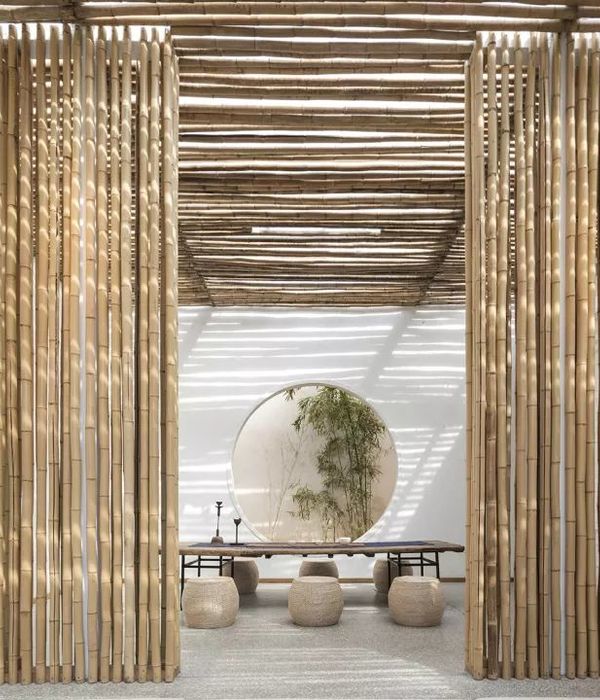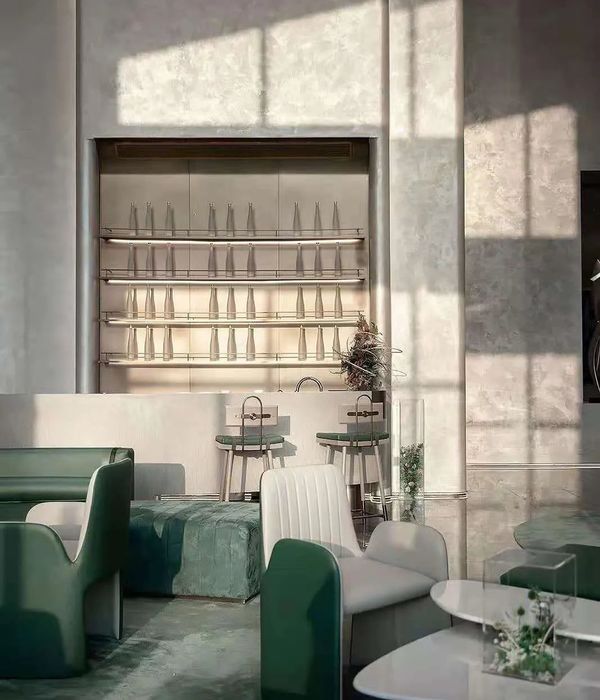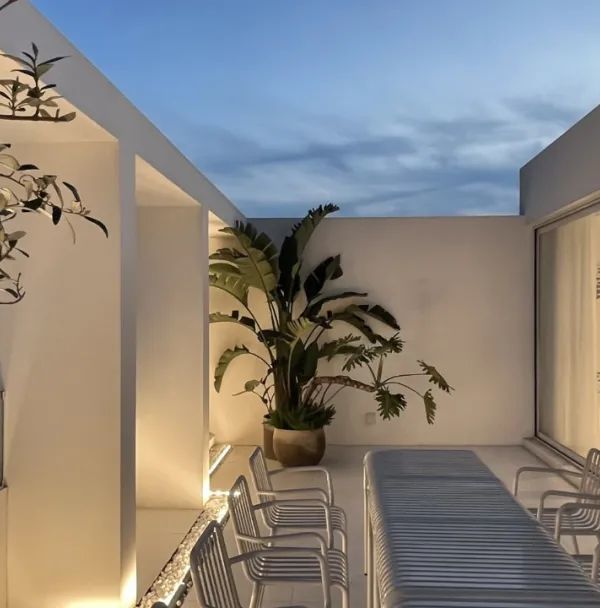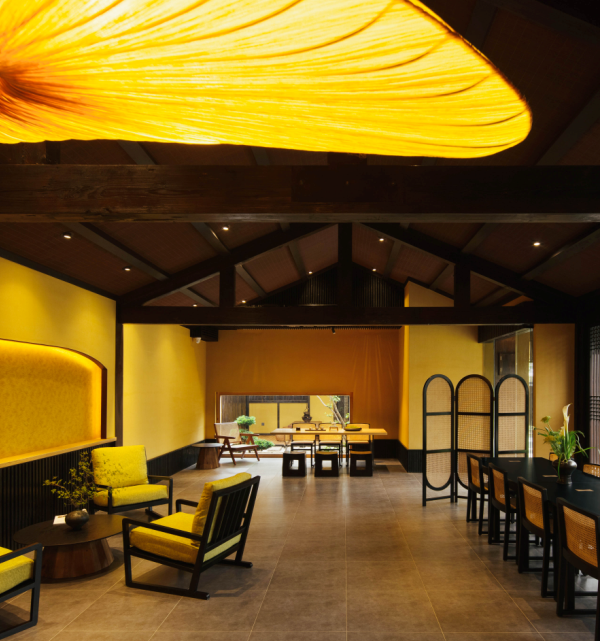Architects:DDAA
Area:4242 m²
Year:2022
Photographs:Kenta Hasegawa
Lead Architects:DDAA Inc., UDS Ltd.
Construction:Nakano Corporation
Interior Construction:seventh-code, Benefit Line, SET UP
Interior And Environmental Design: Daisuke Motogi, Kazuya Sumida, Taiga Mando
Room Art Curation: VOILLD
Stool Design: Siin Siin
Blind Structure Design And Production: studio archē
Developper: and co.,ltd.
Graphic Designers: Sitoh inc.
Planting: The Landscapers
City: Shibuya City
Country: Japan
This project involves a 160-room hotel operated by UDS under the theme of a "public house in the city." The site is halfway up the slope from Shibuya (meaning "Shibu valley") to Aoyama (meaning a "blue mountain"), literally the midpoint between the valley and the mountain. It has an atmosphere combining Shibuya and Aoyama. In front of the site is Mitake Park. Here we set out to create a hotel with a welcoming public atmosphere that embraces people's unrestrained behaviors and noises, echoing the park environment.
Instead of a grand hotel entrance, we wanted a more open and versatile front that people could use flexibly in multiple ways. Based on the straightforward reason that good ventilation would be essential in the post-Covid19 era, we decided to open all the doors. By opening the front to the city, the hotel can offer contents that people can access from outside and enjoy from spring to autumn, for example, ice cream shops, flower shops, etc., and they will exude into the city.
When we joined the project, they had planned the terrace on the first floor as a hotel entrance. We took advantage of the slope's difference in elevation to place step benches, flower beds, and planting strips as much as possible. To make the boundary between the road and the hotel less conspicuous, we cast low concrete walls along the road boundary at a height that allows people to sit on it. These bench-like walls are thick enough to put coffee, beer, and even some dishes and lunch boxes. To create a scene where people can gather and hang out everywhere, we designed exterior elements, including railings, flower beds, and even the hotel sign, allowing people to put down their coffee or beer and have a good time there.
Our first instinct was that the outside atmosphere would be the key to this hotel, so we decided to use materials that would allow the open, park-like atmosphere to continue directly into the interior spaces. Given that the materials we could use were limited to those that could be used continuously from the terrace at the entrance to the interior, preferably to the bathrooms in the suites at the far end of the top floor, we finally decided to use tiles as the primary material. The tiles were custom fired in Tajimi, Gifu Prefecture, and the color was adjusted using an original glaze.
Oribe Ware was founded under the guidance of tea master Furuta Oribe, who, together with Sen no Rikyu, brought the tea ceremony to great perfection. Oribe is a great master of "mitate" along with Sen no Rikyu. Mitate is a way of looking at things not as what it is, but as something else. There are many anecdotes about Rikyu and Oribe, who took everyday objects and sublimated them into designs that no one had ever seen before by diverting from their original uses. For example, they carefully selected and used ordinary Natsume (tea caddy for powdered green tea) called "machi-Natsume," sold everywhere and made by unknown craftspersons for tea ceremonies. They also used biku, fish baskets used by fishermen on the Katsura River in Kyoto, as flower baskets; they adapted narrow doorways of ships for tearoom entrances, and so on. We can change the meaning or scenery that differs from the original meaning simply by changing the viewpoint or perspective. Someone's everyday life becomes someone else's extraordinary life simply by changing the viewpoint of the person experiencing it. In keeping with the hotel's concept, our design is based on the idea of the "extraordinary use of everyday materials" throughout the hotel.
For example, we used melamine-faced plywood, a common material, for the hotel rooms. We often see this material in supermarkets, convenience stores, and commercial facilities. We designed everything in the rooms using only a single material, melamine-faced plywood with rough-cut edges exposed, which is not only cost-effective but also easy to clean and maintain. One of the reasons for leaving the rough-cut edges exposed is to use the same material throughout while planting some "noises" in advance to prevent it from becoming too neurotic about the quality. We also designed it to be as simple and easy to assemble as possible.
To consolidate as many functions as possible in a single location, we designed furniture pieces that combine two or more functions into a single form. A wash counter was elongated slightly to double as a desk. A bench to sit on and enjoy the night view of Shibuya doubles as a bed frame. A TV console, hanging bar, and a full-length mirror are integrated into a single fixture. We reduced the cost of materials and installation work by making furniture pieces that can play two if not three, or more roles while minimizing the number of elements appearing in a compact room.
To meet the different age needs, the hotel offers a variety of room types, from compact yet functional rooms for business travelers to big king beds for youth groups, and wide beds for families and couples.
{{item.text_origin}}

